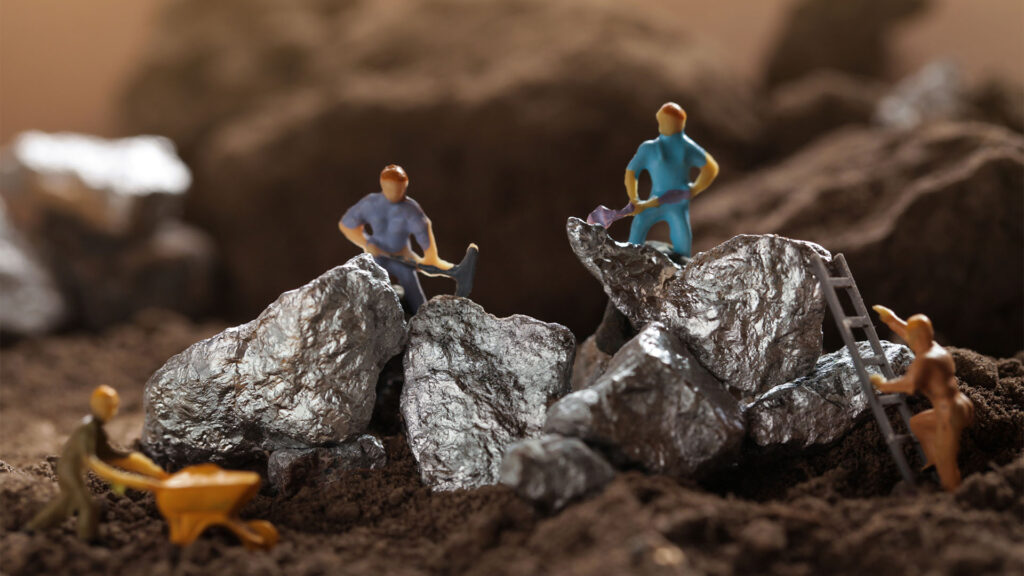The rapid ascent and subsequent plunge of the lithium market has sent shockwaves through Australia’s resource-dependent economy. Once hailed as a golden opportunity, the sector is now grappling with the harsh realities of a market in freefall.
At the epicenter of this downturn is US-based lithium giant Albemarle, whose decision to curtail its Australian operations underscores the severity of the crisis. The company’s dramatic reversal of fortune, from a planned $6.6 billion takeover of Liontown Resources to significant production cuts at its Kemerton plant, epitomizes the industry’s rollercoaster ride.
The implications for Australia are far-reaching. The state of Western Australia, once a beacon of economic prosperity fueled by mining, is now facing a wave of job losses. Albemarle’s cutbacks join a growing list of challenges, including BHP’s Nickel West operations, Fortescue’s downsizing, and the closure of other key mining projects.
Industry experts warn that the worst may not be over. Ben Cleary, a portfolio manager at Tribeca Global Natural Resources Fund, believes that further supply reductions are necessary to stabilize the market. “The market is oversupplied,” he asserts. “We need to see more pain before we can see a recovery.”
The decline in lithium prices is a stark reminder of the cyclical nature of the commodities market. While the demand for electric vehicles and renewable energy continues to grow, the pace of supply growth has outstripped consumption, leading to a glut in the market.
For Australia, the challenge lies in diversifying its economy and reducing reliance on commodities. The government has outlined plans to invest in other sectors such as technology, renewable energy, and healthcare to create new jobs and economic growth.
While the short-term outlook for the lithium industry remains bleak, there is cautious optimism about the long term. As the global transition to clean energy accelerates, demand for critical minerals like lithium is expected to rebound. However, the path to recovery will be fraught with challenges, and companies will need to adapt to a new era of lower prices and increased competition.
The lithium downturn serves as a stark reminder of the risks associated with relying heavily on a single commodity. Australia must now navigate this challenging period with a focus on resilience, diversification, and long-term sustainability.

